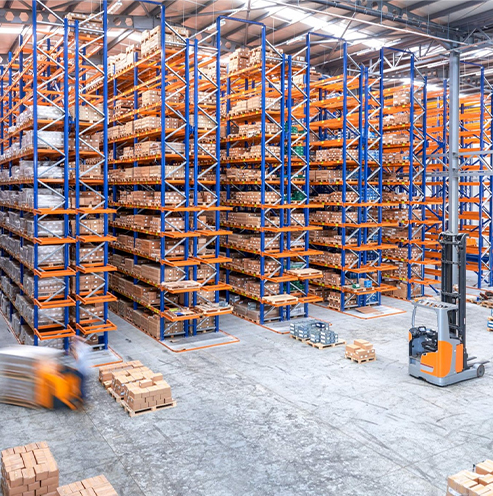compostable starch liners
The Rise of Compostable Starch Liners A Sustainable Solution for Waste Management
In recent years, the conversation around sustainability and eco-friendly practices has intensified. One innovative solution that has emerged in this context is compostable starch liners. As the world grapples with the challenges of plastic pollution and landfill overflow, these biodegradable alternatives offer a promising way to minimize our environmental footprint.
Compostable starch liners are made from renewable resources, primarily derived from starch-based materials such as corn, potatoes, or cassava. Unlike traditional plastic liners, which can take hundreds of years to decompose, starch liners break down into natural components within a few months under the right composting conditions. This rapid decomposition process not only reduces the volume of waste in landfills but also transforms waste into valuable compost that can enrich soil health.
One of the most significant advantages of compostable starch liners is their versatility. These liners can be used in a variety of settings, including kitchens, gardens, and industrial composting facilities. For households, they provide an easy and effective way to collect organic waste such as fruit peels, vegetable scraps, and other compostable materials, thereby encouraging families to practice better waste segregation. In commercial contexts, businesses can adopt starch liners to comply with regulations regarding food waste disposal, contributing to a circular economy that values resource recovery.
Moreover, compostable starch liners can align with the growing consumer demand for environmentally responsible products. As more people become aware of the detrimental effects of plastic waste, they look for sustainable alternatives in their everyday lives. By opting for compostable liners, consumers not only reduce plastic usage but also support companies that prioritize environmental stewardship. This shift in consumer behavior is prompting businesses to innovate and invest in sustainable packaging solutions, thereby creating a ripple effect throughout the market.
compostable starch liners

However, it is essential to note that the effectiveness of compostable starch liners is contingent upon proper composting practices. These liners need to be disposed of in a suitable composting environment, such as industrial or municipal composting facilities, where the conditions—temperature, moisture, and microbial activity—are optimal for breakdown. Backyard composting may not always achieve these conditions, leading to a slower decomposition process. As a result, public education on the appropriate disposal methods is crucial to maximizing the benefits of compostable materials.
Furthermore, the production of compostable starch liners also raises important questions concerning agricultural practices and land use. The cultivation of crops like corn for starch can compete with food production, potentially driving up prices or leading to land degradation. Therefore, it is vital for manufacturers and consumers to advocate for responsible sourcing and prioritize materials derived from waste products or non-food crops whenever possible.
Despite these challenges, the future of compostable starch liners remains promising. As technology and research advance, we may see the development of even more effective and sustainable materials that can replace conventional plastics. Additionally, increasing legislation aimed at reducing single-use plastics will likely encourage the adoption of compostable alternatives in various industries.
In conclusion, compostable starch liners offer a feasible solution to the pressing issue of plastic waste. With their ability to break down into natural materials within a short timeframe, they represent a significant step towards waste reduction and sustainable living. By raising awareness, supporting responsible production, and adopting better composting practices, we can integrate these liners into our daily routines and pave the way for a greener future. Embracing compostable starch liners is not just a trend; it is an essential move towards cultivating a more sustainable planet for generations to come.
-
The Best Uses for Small Trash Bags in Daily LifeNewsJul.01,2025
-
Stylish Reusable Grocery Bags TrendsNewsJul.01,2025
-
Shipping Advantages of Using Bubble Envelopes BulkNewsJul.01,2025
-
How Compostable Mailing Bags Reduce Environmental ImpactNewsJul.01,2025
-
Environmentally - Friendly Bulk Poly MailersNewsJul.01,2025
-
Eco Friendly Custom Laminated Tote BagsNewsJul.01,2025
-
Have the freedom of customizing your custom mailers any way you want! Our dedicated packaging support will help deliver you the mailing experience you need to elevate your shipping experience to the next level! Start making a strong impression on your customers and stand out from your competitors! -
LIYA uses high quality raw materials which directly purchased from large enterprises domestic and overseas such as PetroChina, Sinopec, Sabic, Equate, ExxonMobil, Dow Chemical, Total, and Borouge, ensuring the price advantage and quality of the raw materials. -
LIYA uses high quality raw materials which directly purchased from large enterprises domestic and overseas such as PetroChina, Sinopec, Sabic, Equate, ExxonMobil, Dow Chemical, Total, and Borouge, ensuring the price advantage and quality of the raw materials.





